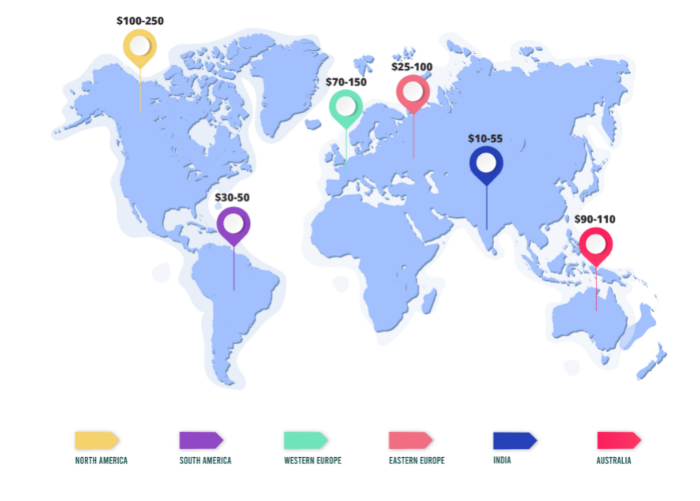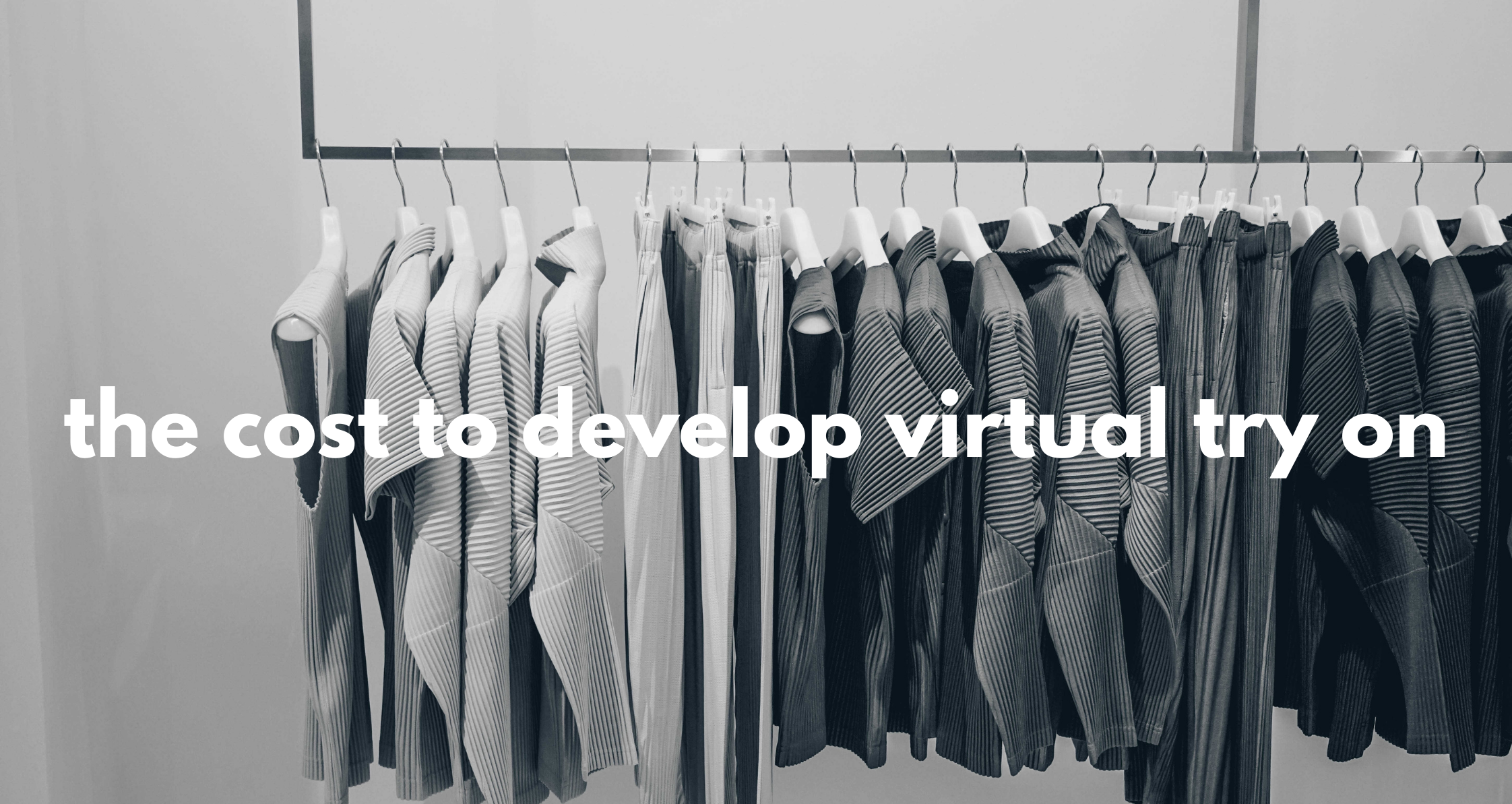Adding virtual try on to your online store can help increase conversions and reduce returns. According to statistics, online fashion stores that have virtual try on see an average conversion rate increase of 20%. They also see a return rate decrease of 25%. This is because customers are able to better visualize how the clothing will look on them and are less likely to order something that doesn’t fit well. But what is the cost and time to do so?
There are many benefits of virtual try on, both for the customer and the store owner. For customers, virtual try on provides a more realistic way to shop for clothes online. They no longer have to imagine how an item will look on them, they can actually see it! This helps reduce buyer’s remorse and makes it more likely that they’ll be happy with their purchase. For store owners, virtual try on can help increase conversion rates and reduce returns. It’s been shown that online fashion stores with virtual try on see an average conversion rate increase of 20%. They also see a return rate decrease of 25%. This is because customers are able to better visualize how the clothing will look on them and are less likely to order something that doesn’t fit well.
While virtual try on is a great way to increase conversions and reduce returns, it can be expensive to implement on your own. The average wage of 3D AR designers is significantly higher than standard developers thus making the implementation of virtual try on expensive, especially if you need a team of 3D designers to create virtual models of your customers. This is because 3D AR designers have more specialized skills and knowledge. They are able to create virtual models that look realistic and lifelike, which is what customers want when they’re shopping for clothes online.
The cost to develop virtual try on can be expensive, depending on the level of sophistication you want. Generally speaking, the costs run into the hundreds of thousands to design and develop a virtual try on system that is fully integrated into your online store. However, this price can go up if you want a more advanced system with features like virtual dressing rooms and 360 degree product views.
Your choice of the team impacts your development both in terms of skills and prices. Suppose you want your project to proceed speedily and effectively. In that case, you may need at least nine people to cover all aspects of AR app development:
- 1 UX/UI designer
- 1 3D artist
- 2 AR developers
- 2 server developers
- 1 QA engineer
- 1 project manager
It takes experienced professionals to create augmented reality apps that will be successful and wages can be anywhere from $20 to $200USD per hour.

Then you have the time to develop a virtual try on solution. If you have the in-house skillset and development team, it can take as little as a year. However, if you need to outsource the development or don’t have the required skillset in-house, then it could take significantly longer – 2000-3000 hours
When it comes to luxury fashion brands, spending on the digital strategy is a top priority. In order to stay ahead of the curve, these brands are continuously allocating more and more of their budget building innovative apps with augmented reality virtual try on.
According to a recent study, luxury fashion brands are allocating more and more of their budget to digital innovation. This is in order to stay ahead of the curve and compete with online retailers like Farfetch. For example, Farfetch spends around 20% of its revenue on digital innovation, which is significantly more than the industry average.
Net-a-porter spends a lot on digital fashion and apps. In fact, they spent $11.8 million on their app. This may seem like a high price, but it’s worth it because their app helps them increase their conversions and reduce their returns. In addition to virtual try on, the app also provides other features like a virtual closet and a style advice chatbot. These features help Net-a-porter stand out from other online fashion stores and keep their customers coming back.
ASOS is known for being a leading online fashion store. While Asos does not disclose how much they spend on their digital fashion and apps, it’s safe to say that it’s a lot! In order to keep up with the ever-changing trends in the online fashion industry, Asos has to continually invest in new technologies and innovative apps. This has helped them become a leading online fashion store and one of the most visited websites in the world.
If we look at fast fashion brands like Zara, the retailer recently unveiled its 2020-2022 plan, in which it will accelerate and broaden its digital transformation strategy. The plan includes capital expenditure of €1 billion to boost online and an additional €1.7 billion to further integrate the store platform (a total of 2.7 billion euros or $3 billion).
If you’re looking for ways to increase conversions and reduce returns, virtual try on is definitely worth considering. It’s a great way to provide a more realistic shopping experience for your customers and can help you increase sales while reducing returns. However, it’s important to keep in mind that virtual try on can be expensive to implement. If you decide to go ahead with it, make sure you have the budget to hire a team of skilled professionals who can create high-quality virtual models of your customers. *hint hint: MIRRARME* 🙂
If you don’t have the budget for developing your own platform, MIRRARME virtual try on is a great option. MIRRARME is a virtual try on platform that allows store owners to superimpose clothing onto virtual models of customers. It’s like having your own internal digital design team, but without the high cost and technical knowledge.


